Search
Search Results
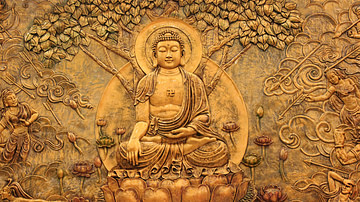
Definition
Dhammapada
Tipitaka (Sansktrit: Tripitaka), the Buddhist canon, consists of three pitaka (Tri means three and Pitaka refers to boxes), namely Vinaya or Monastic regimen, Sutta (Sanskrit: Sutra) or Discourses and Abhidhamma (Sanskrit: Abhidharma) or...
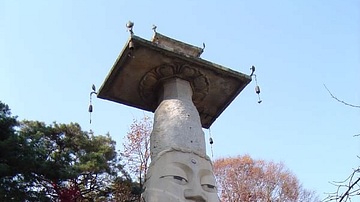
Image
Maitreya Buddha, Gwanchoksa, Korea
A giant granite statue of Maitreya (Miruk) Buddha, Gwanchoksa Temple, Korea. Height: 18.1 m, Goryeo period, 10-11th century CE.

Image
Gilt-bronze Maitreya
A gilt-bronze statue of Maitreya (the coming Buddha). Three Kingdoms Period, c. 600 CE, Korea. (National Museum of Korea, Seoul, South Korea)
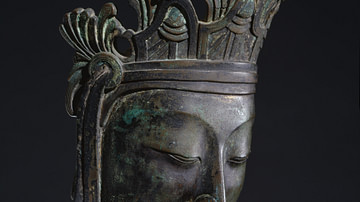
Image
Maitreya Buddha, Three Kingdoms Period
A detail of a gilt bronze statue of the Maitreya (coming) Buddha. Three Kingdoms Period, Korea, c. 600 CE. Height: 80 cm. (National Museum of Korea, Seoul, South Korea)

Definition
Ancient Korean Sculpture
The sculpture of ancient Korea was dominated by Buddhist themes such as figurines and monumental statues of the Buddha and his followers, and large bronze bells for temples. Gilded-bronze was the most common material used by Korean sculptors...
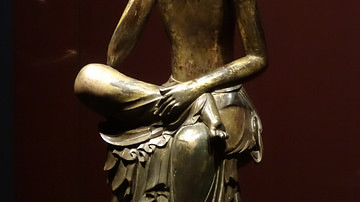
Image
Gilt-bronze Silla Maitreya
A gilt-bronze statue of a seated Maitreya (the future Buddha). Silla, early 7th century CE. (National Museum of Korea, Seoul, South Korea)
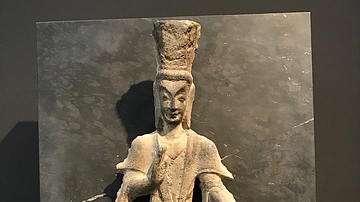
Image
Maitreya Votive from Ancient China
This votive of Maitreya, the Buddha of the future as a bodhisattva, dates from the early 6th century CE during the Northern Wei Dynasty, and it is made of chalkstone. It comes from the Longmen Cave Temples in China's Henan province. (Museum...
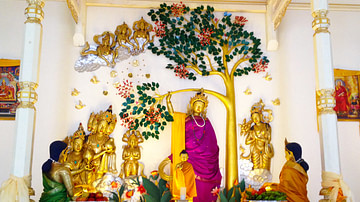
Definition
Buddhism
Buddhism is a non-theistic religion (no belief in a creator god), also considered a philosophy and a moral discipline, originating in the region of modern-day India in the 6th and 5th centuries BCE. It was founded by the sage Siddhartha Gautama...
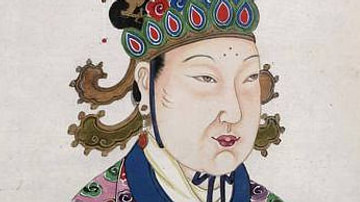
Definition
Wu Zetian
Empress Wu Zetian (Empress Consort Wu, Wu Hou, Wu Mei Niang, Mei-Niang, and Wu Zhao, l. 624-705 CE, r. 690-704 CE) was the only female emperor of Imperial China. She reigned during the Tang Dynasty (618-907 CE) and was one of the most effective...

Video
A Rediscovered Mughal Master
Hear the fascinating story of an obscure Mughal artist who has claimed his rightful place as a late 17th-century master. Ilyas Bahadur was active at a time when Emperor ‘Alamgir (r. 1658–1707) radically curtailed royal support of the arts...